Ever since visiting Prague last year and witnessing a slow yet steady shift in the cultural paradigm, I’ve been thinking a lot about what comes after post-modernism. We are in its twilight and yet even in this last hour, it keeps spewing cynicism, and avid desire to label things and neoliberal values. It is still a dominating lens through which the world looks dull and incapacitated, it acknowledges our collective fears and worries, it even addresses them, albeit through dark humor and irony, yet it does not offer any solutions. It’s as if we are stuck in the acceptance phase of a healing process with no resolution in sight.
But post-modernism’s long and eye-opening reign is slowly coming to an end. It is evident everywhere, with pop-culture surprisingly taking the lead on ditching self-irony and deadpan humor for a much needed growth arc. Music, mainstream or otherwise, is also showing glimpses of renewal and desire for change. Ironically enough, the art world, with all its indefinite possibilities for creation seems to be lagging the most when it comes to this paradigm shift. Here there is still a substantial need to have everything placed in their respective boxes and play by the rules. Institutions still set the tone to which the artist play their little tune which, more often than not, remains unheard and only echoes timidly within the tiny walls of the white cube, perceptible only to those elite few who have the necessary background and/or who are willing to pillage through hermetic art statements to understand it.
I first observed metamodernism unfolding when I got up close and personal with the performance scene during my short residency in Prague. Returning to Bucharest, it became evident to me that the movement is blossoming in the gardens of our own local art community, albeit somewhere on its outer rim. Here, the air is electrified with anticipation, as artists from widely diverse backgrounds come together to have an exchange. Hybridity – it is very much the independent art scene’s way of rebelling against the ageing values of the western art world.
For decades we tried to mimic western mechanisms in an effort to be up to par with the rest of the world, as if our eastern heritage was something shameful. But not everyone saw it that way. Romania’s art scene is witnessing more and more players actively climbing the proverbial fence in search for new territory that can be creatively explored. The Attic Magazine, responsible for The Outernational Days festival as well as various other daring events, is one of the cultural entities that are not afraid to take risks. It’s no coincidence that The Attic has always promoted multi-sided artists who not only pursue music, but the visual arts as well: Somnoroase Păsărele is painter Gili Mocanu’s musical alter ego, musician Diana Miron also does performance art, DJ Chlorys has a background in photography and digital imaging, while Mitoș Micleușanu is also known for his video art and is presently collaborating with UNARTE video professor A. Patatics.
Debuting as an online platform for obscure, experimental and exotic music lovers, it quickly grew into a collective of DJs and event organizers who brought novel live acts to Romania’s somewhat isolated cultural bubble. It wasn’t until the Outernational Days festival in 2016 that The Attic first attempted to embrace hybridity and challenge the cultural sector’s very limits. They sought to make an event bordering the east and west that would bring together the sheltered intellectual elite with the art of marginalized communities in an effort to produce multiplicity, an encounter, something that defies any conventional labeling.
The Attic succeeded to some degree: many appreciated the festival as progressive and inclusive, an event unlike any other, where one could listen to electro-acoustic improv as well as Romanian manele all on the same stage; other saw it as a means to exoticize fringe musicians and dress them up in a more elite-friendly package, placing them in an environment where they can be safely consumed. Whether you thought it was a cultural breakthrough or an art safari for the privileged, Dragoș Rusu, Gabriel Leașcu and the rest of The Attic team definitely took note of the mixed reviews and decided to mix it up themselves.
Acknowledging your own faults is an essential step in any growth process. And sure enough, a number of materials on failure can be found on http://the-attic.net proving that the gang is eager to listen and make amends. One thing they might have learned, taking us to another vital step towards growth, is that opening up your borders and taking in the other is not enough.
A critical, yet too-often overlooked ingredient in the recipe for self-improvement is context. It has the power to shape our most basic behaviors and our most private thoughts. From moral character to sense of identity to physical attraction, our instincts and actions are surprisingly subject to the power of ordinary situations. It’s a no brainer that we perform better when we’re tested on information in the same environment in which we learned it. And in Romania’s closed off artistic landscape, you only end up preaching to the choir. Here, where art seems to be accessible only to the initiated, it becomes increasingly hard for artists to be heard outside this small bubble.
It wasn’t long enough before everyone down at The Attic realized that a change of scenery was not only necessary, but very much welcomed. I can’t stress the importance of leaving your safe space every once in a while, stop preaching to the choir for a second, and come to terms with the fact the one’s voice might not be as loud or intelligible as previously thought. So The Attic’s InContext residency was an eye opening experience from many perspectives. InContext is a residency program for local and international artists, taking place each year in the heart of the mountains and woods, with the goal of bringing an influx of art to the area, while offering artists a natural frame for creation and self-discovery. This year, InContext chose India as the visiting country for their visual arts residency.
The quiet and quaint mountain resort Slănic, Moldova is known for its breathtaking views, therapeutic natural springs and overall tranquility; light years away from the hustle and bustle of busy Bucharest, where the The Attic’s InContext’s lineup usually performs. Indeed, Romania’s capital is very much acquainted with the likes of Sillyconductor, Orbita Lacustră, Somnoroase Păsărele, Paradaiz SNDSSTM or The Attic and Corp’s posse of DJs. But they were unknown to Slănic’s locals, turning this residency into a veritable cultural exchange for both parties, especially with venues such as the town’s 19th century casino, a stage in the woods and the Târgu Ocna Salt mine.
For some of the artists, this was their first encounter with hybridity, the first chance to take their craft outside their comfort zone and face a less familiar crowd: for acts like Australopitecus Oltensis or Chlorys and von Bülove, it meant performing their usual act in a vastly different context, like the Well 2 Platform – a mini stage set up in the forest, under the scrutiny and/or wonder of the sheltered inhabitants; an exercise in otherness. A rave in the forest might be every club kid’s wet dream, but that night city folk and locals (even the mayor was there) all came together to contemplate Multumult’s neo-pagan-folklore or dance the cold away fueled by Corp ladies b2b with The Attic Soundsystem and, frankly, anyone who felt they wanted to play that night. The stage was open for all! Unfortunately Well 2 Platform was only open for one night, although other acts were originally set there, due to the bad weather. But the cold definitely didn’t keep this one party from going.
For others, it meant shaping their craft and molding it to fit its surroundings: Slănic’s hot spot, the royal Casino on top of the town’s main park, sounded the way it looks – it was transformed into a haunted house. Somnoroase Păsărele set the tone on one unforgetable night with some dark non-invasive hynotic ambient, just right to ease you in. Sillyconducter soon took over with a more up-beat, yet still creppy, kind of playfull rhythms, the kind that makes ghosts come out to play. Followed by Orbita Lacustră’s DJ set that organically continued the tone set by the previous live acts, slowly transitioning from experimental beats towards a more clubby feel, without dropping the spookiness, but rather enhancing it with a touch of melancholic cadency. The Casino’s main act was young German producer Houschyar, one of The Attic’s foreign guests, who delivered a dark and powerful electronic live performance which literally shook up the entire casino. Imagine if Trent Reznor was a millennial: slow, droney, industrial beats to which one could slowly sway or headbang, atmospheric moments and a lot of sonorous anticipation. Some enjoyed it and really immersed themselves into the tunes, while others demanded more rhythm so that they could properly dance. And everyone eventually did, with Somebody’s Daughters warming up the place with Balearic disco tunes, setting everyone into motion till dawn.
The most anticipated day of the festival was, of course, the descent in the Târgu Ocna salt mine: it doesn’t get more underground than this! Yet here, the artists encountered another exercise in otherness. While a very generous venue, especially for experimental concerts, the music hall at the salt mine, with its Black Lodge allure, usually hosts local folklore and traditional music. It goes without saying that the salt mine itself is a sight to behold; here everything sounds and feels otherworldly, with the potential to turn the scheduled concerts into something else entirely – that coupled with the large, diverse audience that attended: locals, patients seeking natural remedies, tourists, people who wouldn’t normally attend an experimental music concert. The salt cave with its wooden stage draped in blood red curtains, was open and free to anyone who happened to be there. Art for the people! Some were intrigued, others were scared off, in any case it was unique experience for anyone who stepped into that concert hall, artists included: Mitoș Micleușanu & A. Patatics (a/v), Melanie Velarde, Sașa Liviu Stoianovici & Dan Michiu all had live, mostly improvised acts, directly feeding off the cave’s natural vibrations. You could sense it in your bones. And just like at the casino, it seemed as though all musicians had this unspoken understanding of building upon one another and carry on where the others left off: going with the flow and intuitively listening to the other, the basis of free improv – or just basic human understanding…
The crown jewel of this endeavor had to be KHAYAL, the improvised electro-acoustic performance by local musicians Bogdana Dima, Diana Miron, Laurențiu Coțac and Sian Brie, attuned by Austrian composer and experimentalist Stefan Fraunberger. The ensemble frequently plays together under various conductors, making each concert singular. This time, they improvised using familiar tools of trade: the violin, the double bass, the guitar, the clarinet, the saxophone, drums and vocals over an electronic background modulated by Fraunberger. As the musicians got deeper and deeper into their improvised tune, so did the cave-turned-stage became darker and darker as the lights progressively dimmed down. And as the tune grew wilder, the Austrian conductor left his modulators and approached the stage, handing each musician pearly white conch shells to replace the instruments they were previously playing, resulting in a strange choir of wind instruments, echoing continuously against the salt walls which carried on as musicians Miron, Coțac, Brie and Dima went back stage, one by one, where they continued to whimsically harmonize using the shells. As the concert concluded, those in the music hall quickly realized they were the only people left in the entire salt mine: a remarkable performance that did not go unnoticed, even though it literally took place under the earth.
But The Attic’s residency wasn’t all underground, it also included more uplifting and lighter performances, like Hindi duo Kasinadhuni Avadhut & Ene Annemarie and Nava Spațială’s Miron Ghiu playing in the central park’s pavilion during a sunny afternoon. The audience was scattered on benches or on blankets in the chilly grass: retired couples on vacation, local children, passers-by, as well as familiar faces from Bucharest, some part of the numerous Attic crew, others who traveled on their own to witness familiar musical acts in this vastly different context. There were also creative visual arts workshops and cultural lectures throughout the event, engaging the local public. There were, of course, art exhibitions with site-specific works by Silvia Amancei and Bogdan Armanu, Preethi Athreya, Shilpa Rangnekar, Sanjeev Khandekar, Vaishali Narkar and other artists who took part in the visual art residency by InContext. A rooftop party with complementary food and drinks properly concluded this year’s InContext, leaving everyone with a bitter sweet feeling.
We all left Slănic a little bit wiser, after coming into contact with this environment that was both intimidating and inviting. The Attic definitely caused a ripple in Moldova’s Pearl, but everyone involved also learned the valuable lesson that each artist must understand at some point: who you are depends a lot on your context.
The Attic InContext took place in Slănic Moldova between 21-25 June 2018.
POSTED BY
Marina Oprea
Marina Oprea (b.1989) lives and works in Bucharest and is the current editor of the online edition of Revista ARTA. She graduated The National University of Fine Arts in Bucharest, with a background i...
marinaoprea.com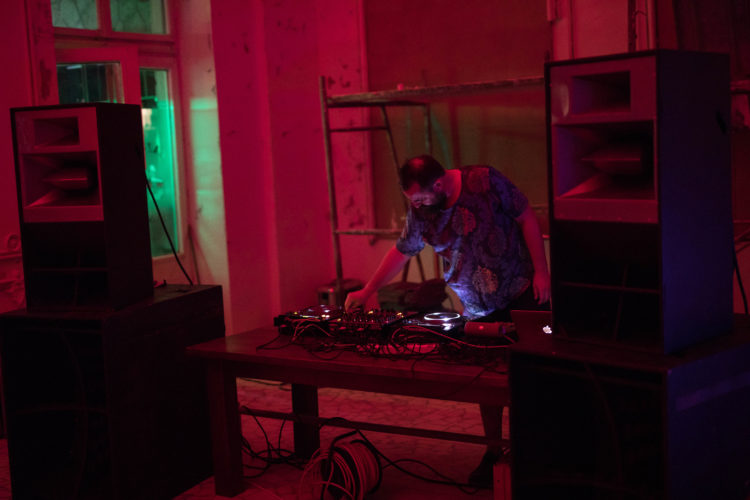
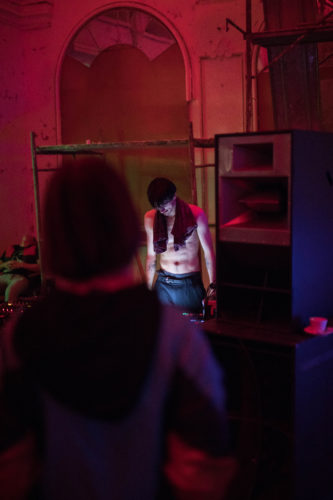
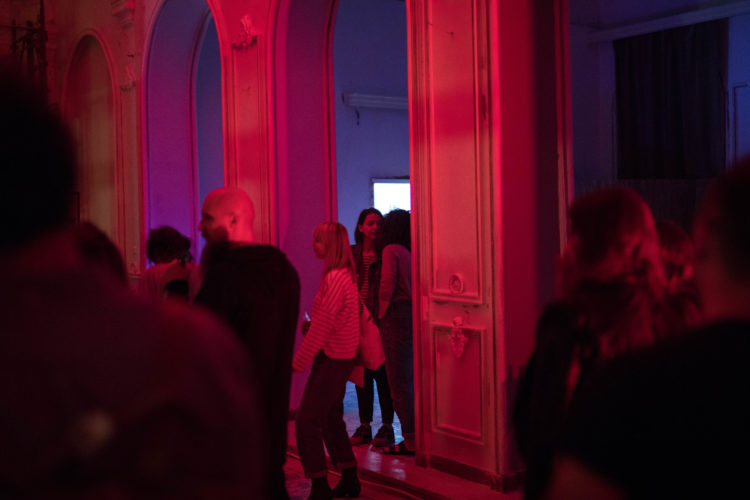
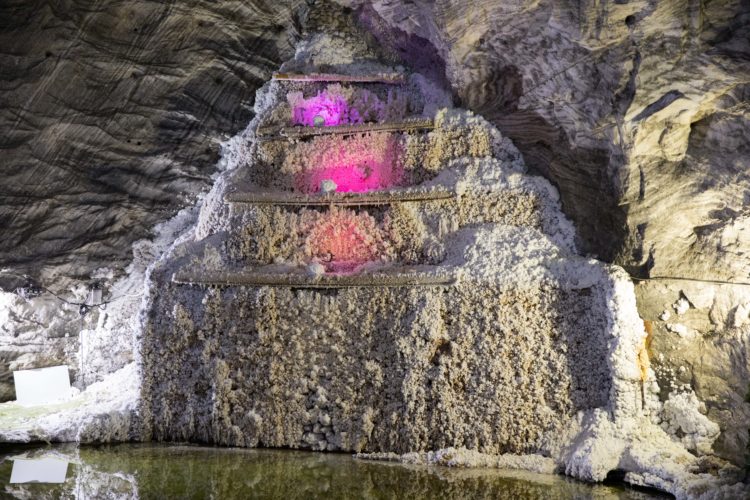
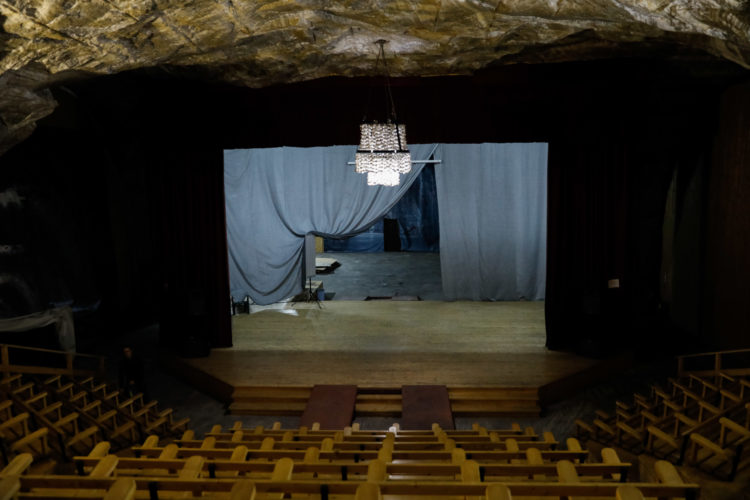
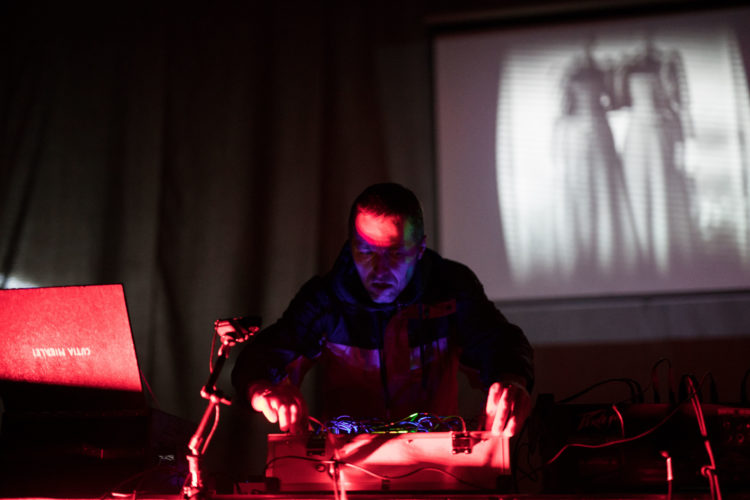
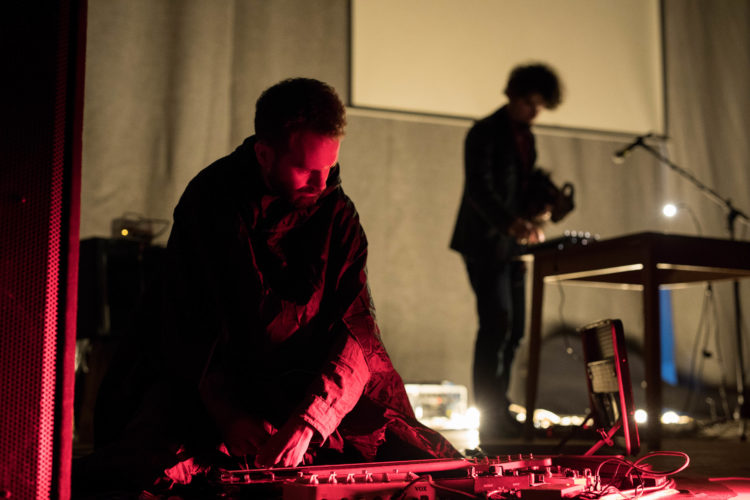

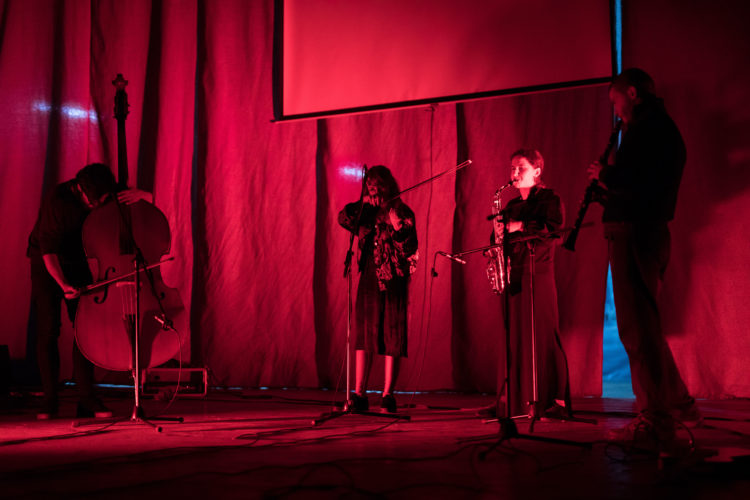
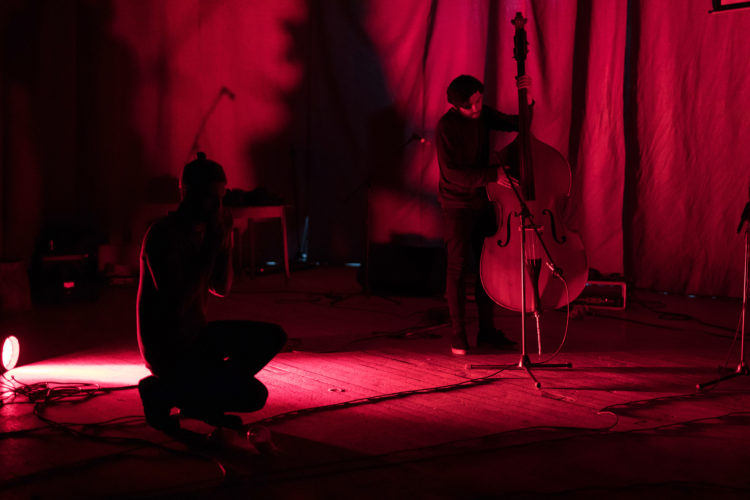
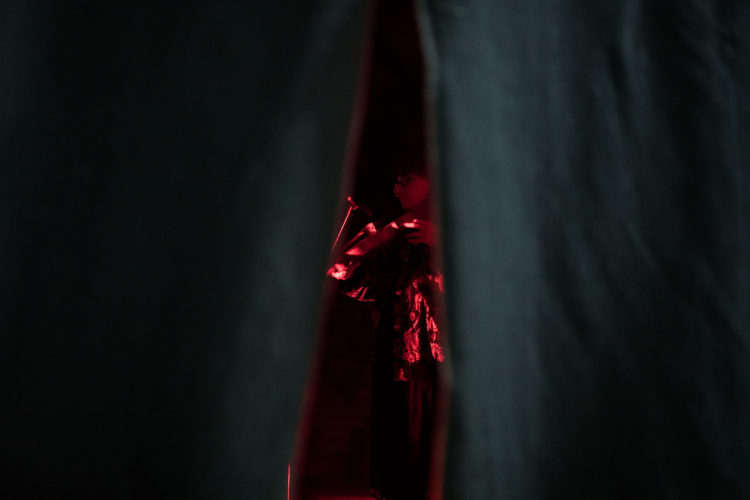
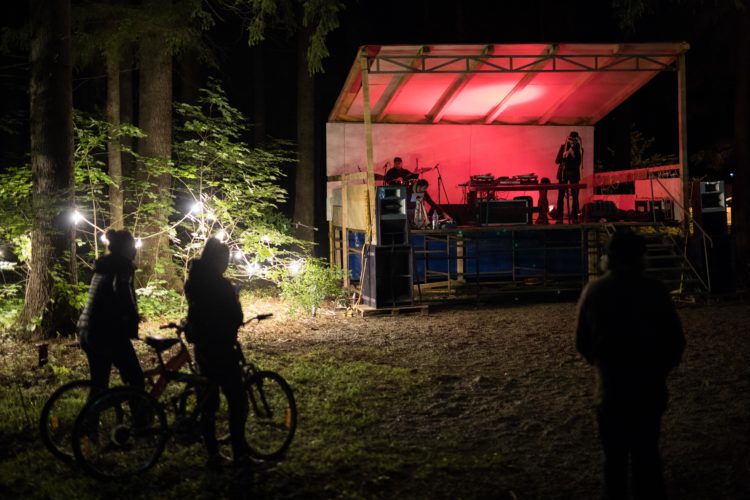
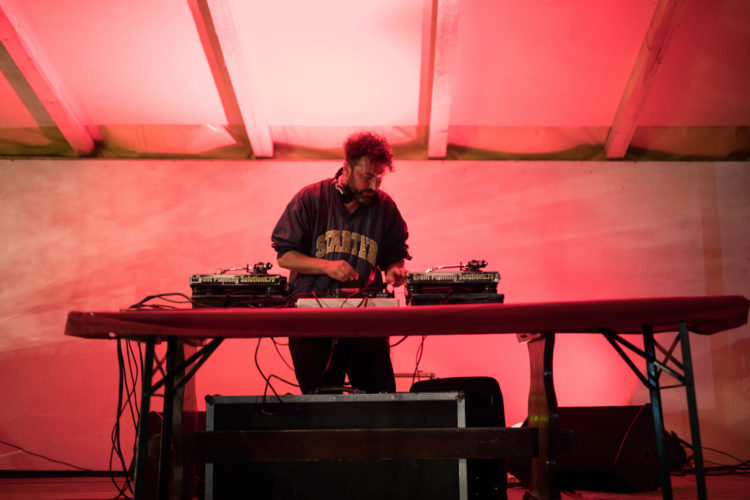
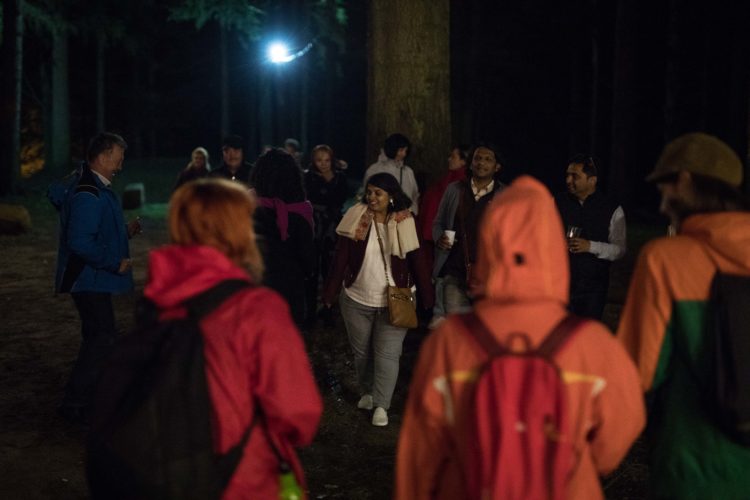
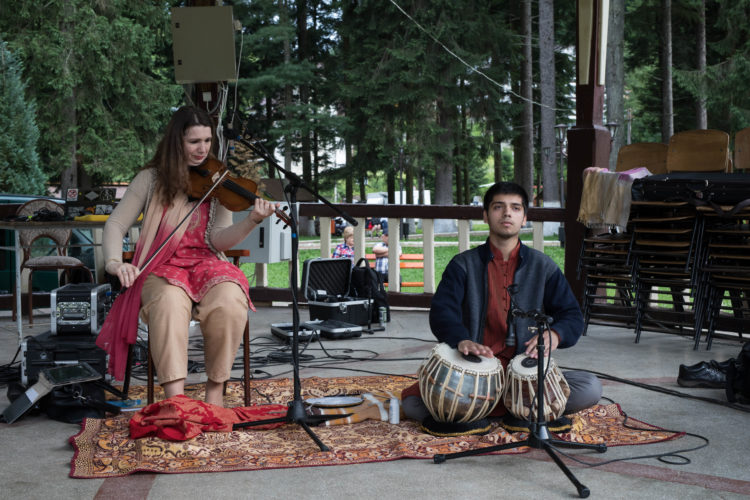
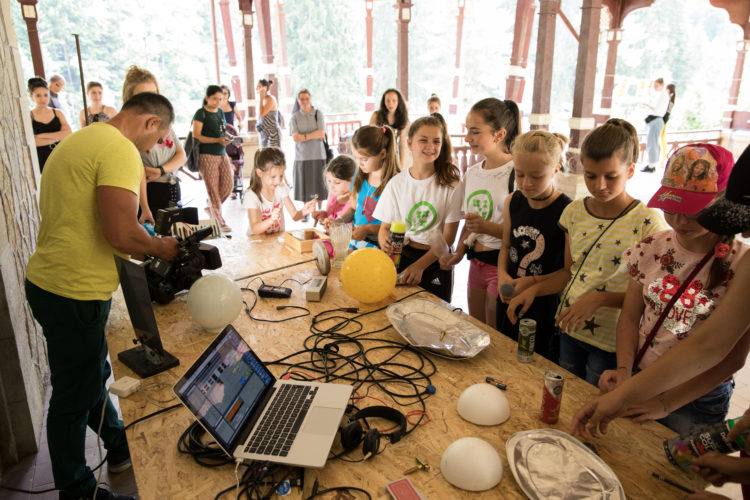
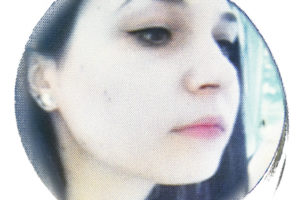
Comments are closed here.